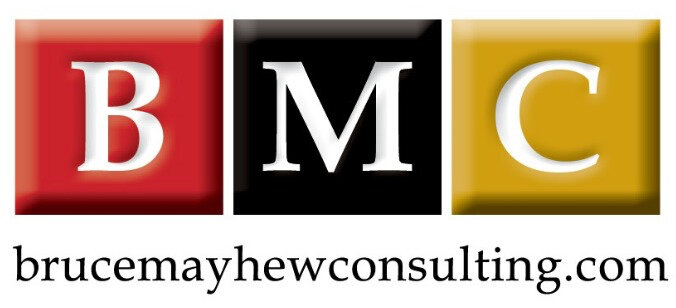Great Business Stories
What 2 things do great business stories have?
What are the 2 things great business stories have no matter if you share them on your website, in sales calls or within presentations?
Great business stories are living assets that everyone can use to learn, teach and/or build relationships. And it may surprise you what these wisdom-packed, brand-building content marketing tools should always include.
It’s not facts and figures… and it’s not testimonials (although testimonials can be good if used well)! To do their job well, great business stories should have both emotion and suspense in order to feed the inquisitive nature of readers/listeners.
Why Emotion and Suspense?
Even corporate clients make decisions based on emotions (there – I said it out loud). Emotions may influence decisions only a little… but they do influence. For example, want, fear and pride are three strong emotions that can influence behaviour; let me show you what I mean. Lets say you have a corporate client/prospect. Do they want to grow – to gain more market share? Do they fear the possible missed opportunities if they do not purchase XYZ? Are they proud of their (personal or corporate), reputation as an innovative leader?
A clients’ emotional and business response to a story can be an important part of your success… and you don’t even have to be present. For example, after reading some of your business stories a prospect can actually short-list you as a provider before you ever meet.
Personal and corporate pride were huge triggers for Steve Jobs.
Suspense is important in a business story because suspense keeps your audience entertained and therefore interested. People like things like crisis, conflict and tension… and they long for resolution/balance. If you can create suspense around a crisis, your audience will stay hooked to find out how it was resolved.
One way to create suspense is to encourage your audience to work a bit. If the answer is going to be C, then give them A and then B… and then provide them a moment to get to C on their own. One added benefit of holding them in suspense is that you may learn something based on how your audience resolved the challenge. For example, if they arrived at the answer D:
How did they get to D – what variables got them there?
What does D mean to them – personally and professionally?
Any resolution that they come up with on their own can provide valuable information to you in a sales or training environment.
Conclusion
There is always going to be more than one way to tell a story and, like with a great painting, how someone interprets a story will depend on their personal and professional knowledge, experience and needs/objectives. Nevertheless, it is your role as a story-teller to get your audience excited and keep them interested.
Great business stories grab your audience and best of all, people retain stories far longer than facts and figures. So, have you built your library of business stories yet?
Happy story creating and story telling.
If you want to learn more about how you and your organization can benefit from our services, call us at 416.617.0462.
We work to build long-term, collaborative relationships that maximize your overall success and earnings.
GIVE US A CALL. WE'LL LISTEN.
BRUCE MAYHEW CONSULTING IS STRATEGIC, BRANDED, AND RELEVANT.
Copyright © 2015 by Bruce Mayhew.
Contact Us About Business Stories
Let's do something special together.
416.617.0462
bruce@brucemayhewconsulting.com
Use our Contact Us Form
We Offer
Group Training / Team Training
Executive One-on-One Training
Keynote / Conference Speaking
